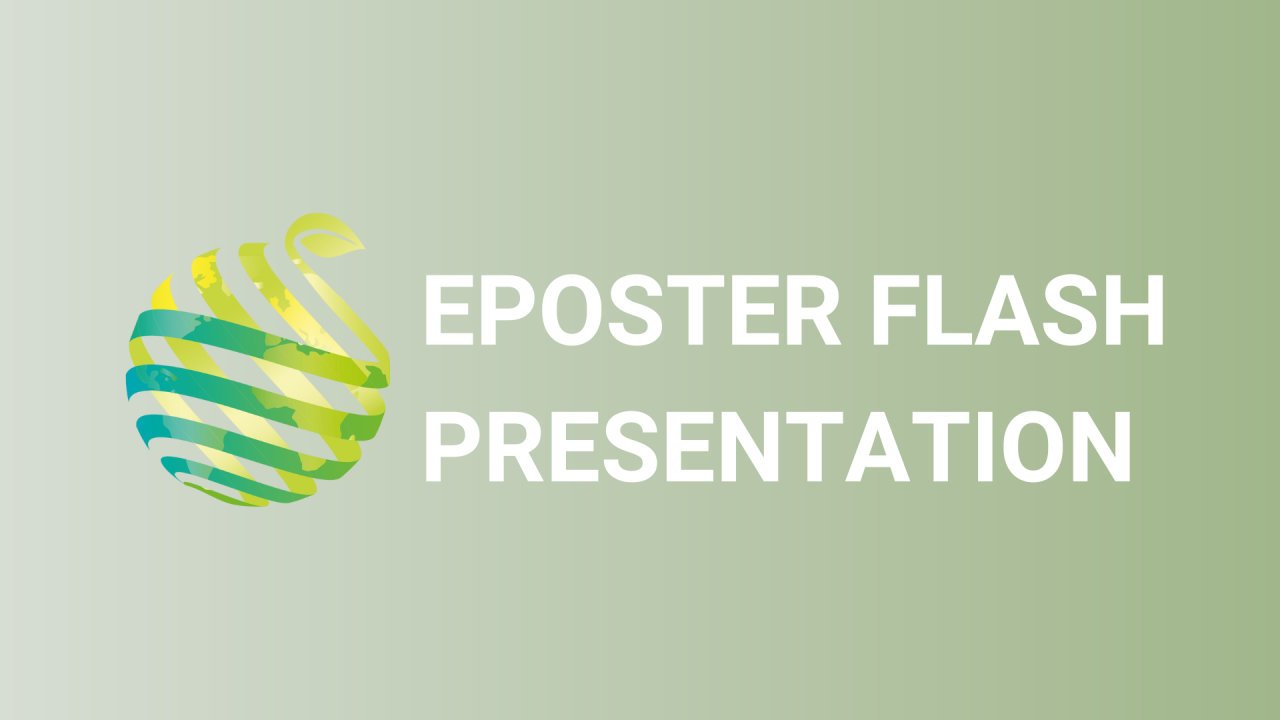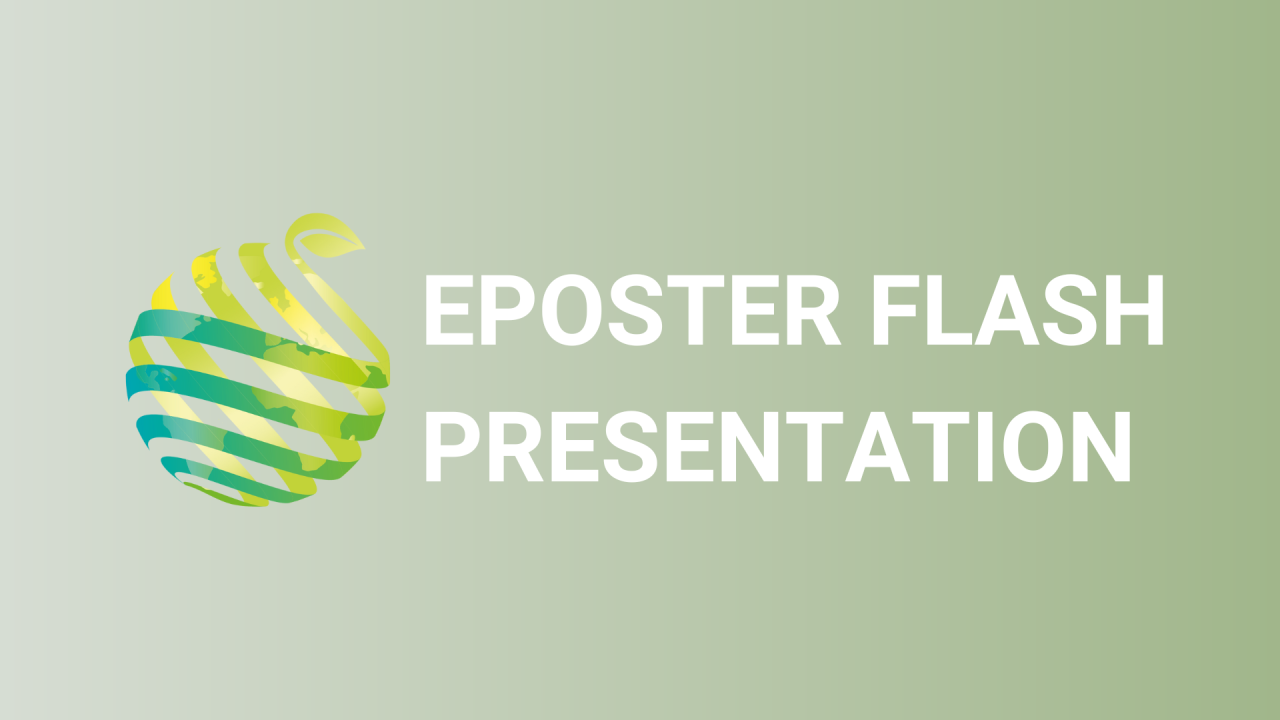

S13 - Session P2 - Impact of fertilization level during flowering phase on blueness of hydrangea sepals and plant visual quality
Information
Authors: Vincent Guérin *, Hanaé Roman, Lydie Huché-Thélier, Bera Ley-Ngardigal, Elise Herbommez, Thomas Eveleens, Nathalie Leduc
In Hydrangea macrophylla , the quality of the flowering plant depends both on stems (number and length) and inflorescence architectures, and on the visual quality with the color of leaves and inflorescences. Indeed, the sepals of the flowers can be (i) white if the pink pigment, delphinidin, is not synthesized (genetic origin) (ii) pink if delphinidin and co-pigment are synthesized (iii) or blue if, in addition to the presence of pigments, aluminum (Al) is available in the culture substrate (environmental origin). It is well known that blueing is due to the formation of a complex between delphinidin, Al and co-pigment. Al is added at the end of the vegetative phase until a threshold of 400mg Al/kg dry mass (DM) of leaves is reached. However, it appears that, despite appropriate Al levels in leaves, expert opinions indicate that the blueness of the sepals can be variable according to both the varieties and the environmental conditions of the flowering phase. The objective is therefore to clarify the relationship between amounts of Al applied, fertilization during flowering and visual quality of the plants on both stems and inflorescences. This would allow to optimize the quantities of Al used for the coloration of the sepals and thus to consider perspectives of reducing Al supplies, Al being toxic for the environment. This is in agreement with the main objective of the LabCom MATCH project which is to reduce chemical inputs on horticultural crops. During 10 weeks in the middle of the flowering phase, either 100% (as in production) or 50% of fertilization including Al, or water only were brought to three hydrangea varieties having different blueing capacity. Phenotypic monitoring of flowering was carried out. Quantification of sepal color was achieved using a spectrocolorimeter. First results on the visual quality of the flowered plants will be presented.